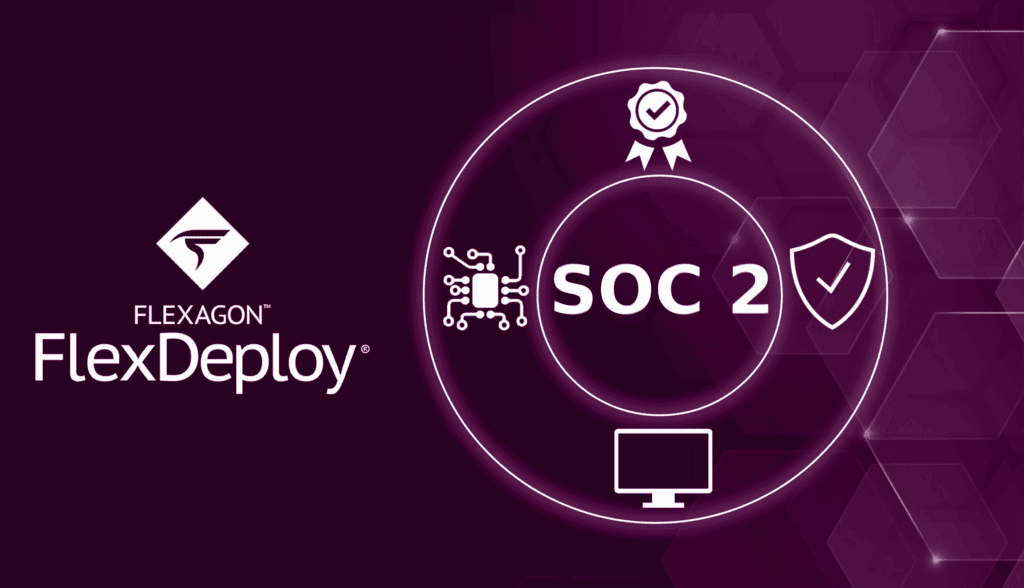Every business is competing in an environment that is constantly changing. To keep up with the increasing customer demands for speed and quality while controlling costs, IT leaders are adopting DevOps, CI/CD, and release automation.
Deployment strategies are one way to release changes faster, eliminate downtime, and reduce the risk of deployment failure. There are a wide variety of deployment strategies, including Blue Green, A/B, and Canary, all of which can help your business with its wide variety of technologies.
On December 12th, 2019, Dan Goerdt presented a webinar on deployment strategies for microservices and containers. Here are some of the key points of the presentation. However, read until the end to get access to the on-demand recording!
Microservices and containers are not the same thing!
Microservices are an architecture pattern that vertically break down monolith systems or design cloud native apps using loosely couple subsystems. However, that architecture pattern doesn’t dictate how you should implement them.
Containers are lightweight, stand-alone, executable package that include everything that is needed to run, including code, runtime, system tools, system libraries, and settings. Containers share the host operating system rather than the hardware directly.
Deployment strategies are critical!
Businesses and IT teams need to be able to predict and have a repeatable process for executing development and release cycles. That’s why DevOps, Continuous Integration, Continuous Delivery, and Release Automation have become so important.
These systems and processes reduce manual tasks which eliminates some errors and release smaller batches which means any errors are easier to find and quicker to fix.
Deployment strategies introduce changes faster, eliminate downtime, and reduce the risk of deployment failure.
FlexDeploy can help you.
FlexDeploy is a DevOps platform for CI/CD and Release Orchestration that automates and integrates the toolchain from end to end. It can integrate with the tools across the toolchain and automates the three main aspects of a DevOps platform: Build Automation, Deployment Automation, and Release Orchestration.
There are plugins available for the microservices and containers that you may use, including GitHub, Docker, and Kubernetes. So, FlexDeploy automates the manual processes of the end user and does all the heavy lifting.
In the webinar, Dan used FlexDeploy to demonstrate deployment strategies for microservices and containers. Make sure to check out the webinar for all the details!
Missed the live webinar? You can still watch it!
Oh, and it’s free!
Want to keep learning? Check out our other on-demand and upcoming webinars!
Please comment or contact [email protected] with any questions.





